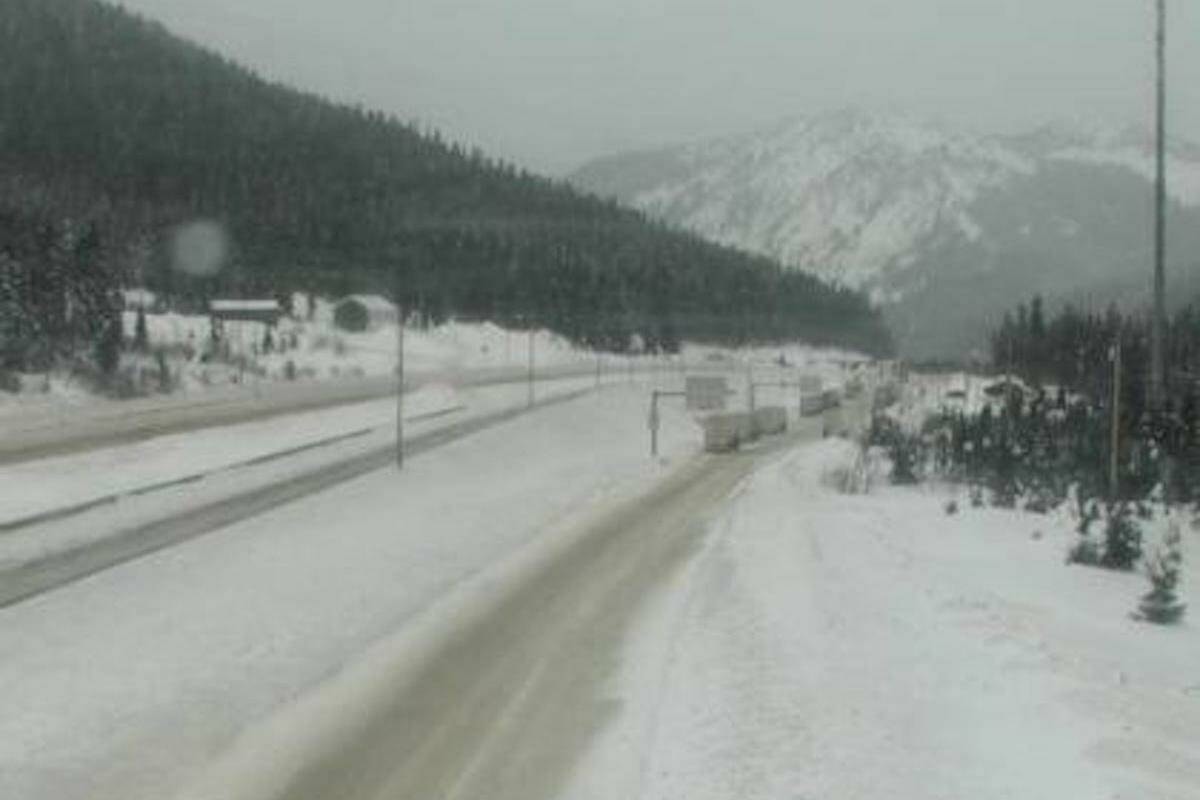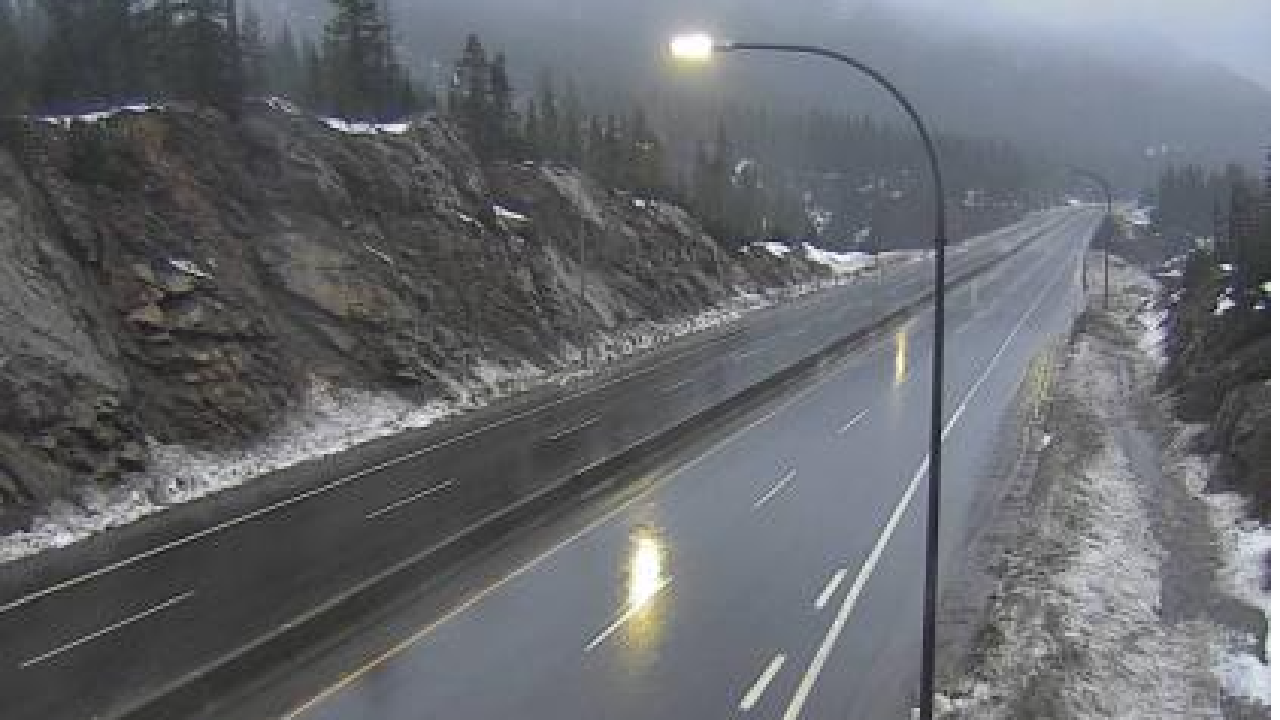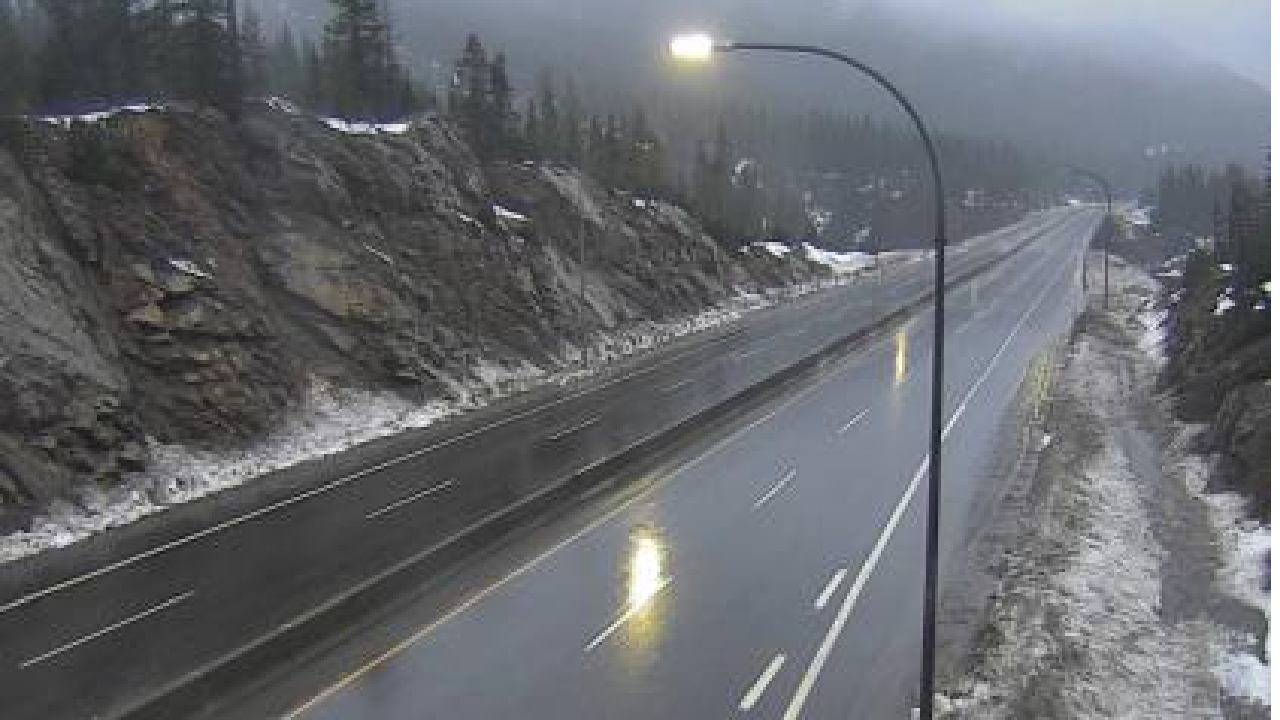Coquihalla weather camera feeds offer a crucial window into the conditions on this challenging highway. The notoriously unpredictable weather of the Coquihalla Highway, known for its steep grades and frequent snowfall, makes real-time visual information invaluable for drivers. Understanding the functionality of these cameras, their accessibility, and how the data integrates with other travel resources is key to safe and informed travel planning.
This resource explores the technology behind the Coquihalla weather cameras, detailing their capabilities and the various platforms where drivers can access live feeds. We’ll examine how this visual information complements traditional weather forecasts and road reports, ultimately enhancing driver safety and reducing travel disruptions.
Coquihalla Highway Weather Cameras: Enhancing Safety and Travel: Coquihalla Weather Camera
The Coquihalla Highway, a vital transportation artery in British Columbia, Canada, presents unique challenges due to its mountainous terrain and unpredictable weather. Real-time weather information is crucial for safe travel along this route. Coquihalla weather cameras play a significant role in providing drivers with up-to-the-minute visual updates on road conditions, enhancing safety and improving travel planning.
Monitoring the Coquihalla Highway’s weather conditions is crucial for safe travel, often relying on dedicated weather cameras. For a different perspective on live camera feeds, consider checking out the port dover live camera , showcasing a completely different environment. Returning to the Coquihalla, the real-time weather data from these cameras helps drivers make informed decisions about their journeys.
Coquihalla Highway Overview
The Coquihalla Highway (Highway 5) traverses the rugged Coquihalla Mountains, characterized by steep grades, numerous tunnels, and exposure to extreme weather events. Its significance lies in its role as a major transportation link between the Lower Mainland and the Interior of British Columbia, connecting major cities and supporting vital economic activities. The highway experiences diverse weather patterns throughout the year, ranging from heavy snowfall and icy conditions in winter to periods of intense rainfall and fog in other seasons.
Accurate and timely weather information is paramount for drivers to make informed decisions about their journeys.
Functionality of Coquihalla Weather Cameras
Coquihalla weather cameras are strategically positioned along the highway to capture real-time images of road conditions. These cameras utilize high-resolution sensors to capture images, which are then transmitted digitally to various platforms. The transmission process typically involves a combination of cellular and/or dedicated communication networks to ensure reliable data delivery. Images are refreshed at regular intervals (e.g., every few minutes) providing near-real-time updates.
The cameras are designed to capture various weather-related details, including snow accumulation, ice formation, visibility, and overall road conditions. Typical specifications might include a resolution of at least 1080p and a refresh rate of at least one image per minute, though these specifics can vary depending on the camera model and network capacity.
Accessibility and User Experience
Access to Coquihalla weather camera feeds is generally provided through various online platforms, including dedicated websites and mobile applications managed by transportation authorities or weather services. These platforms typically present the camera feeds in a user-friendly format, often with interactive map overlays. An improved user interface should prioritize mobile responsiveness, offering intuitive navigation and clear visual representation of camera feeds.
A user-friendly design should incorporate features like zoom capabilities, time-lapse functionality, and easy access to alternative information sources.
| Platform | Accessibility | Features | Mobile Responsiveness |
|---|---|---|---|
| DriveBC Website | Web browser | Multiple camera views, map integration | Good |
| Mobile App (Example) | iOS and Android | Real-time updates, alerts, navigation | Excellent |
| Other Weather Websites | Web browser | Integration with broader weather forecasts | Variable |
Impact of Weather Conditions on Travel, Coquihalla weather camera

Several weather-related hazards significantly impact travel on the Coquihalla Highway. Heavy snowfall, freezing rain, and black ice create extremely hazardous driving conditions, leading to accidents and road closures. Fog reduces visibility, increasing the risk of collisions. Rain, particularly in combination with snow, can create slush and make braking distances longer. Snow significantly reduces traction, increasing stopping distances and making it difficult to maintain control.
Freezing rain creates a thin layer of ice, making roads incredibly slippery. Fog severely limits visibility, making it hard to see other vehicles and road hazards.
Drivers should exercise caution and adapt their driving techniques to the prevailing conditions. This includes reducing speed, increasing following distances, and ensuring their vehicles are equipped with appropriate winter tires during snowy or icy conditions. Checking weather forecasts and road reports before embarking on a journey is crucial.
Integration with Other Information Sources
Integrating Coquihalla weather camera feeds with other information sources, such as DriveBC road reports and Environment Canada weather forecasts, creates a comprehensive picture of travel conditions. This integrated approach allows drivers to make informed decisions, avoiding potentially hazardous situations. A well-designed webpage could display a live feed from a strategically placed camera alongside current road conditions and a short-term weather forecast for the specific area.
Sample Webpage Design
A sample webpage could display a large, responsive image from a weather camera, perhaps accompanied by a smaller map showing the camera’s location. Below this, real-time road condition reports (e.g., “Highway 5 – Coquihalla Summit: Snow, chains required”) and a brief weather forecast (e.g., “Snow expected for the next 3 hours”) could be clearly displayed. Additional features like a traffic flow indicator and links to alternative routes could also be included.
Visual Representation of Data

Typical weather patterns on the Coquihalla Highway can be visually represented using a variety of charts. A combined bar and line chart could show average monthly snowfall (bar chart) and average daily temperature (line chart) over a year. This provides a clear visual overview of seasonal variations in weather conditions. Time-lapse videos created from the weather camera images could dramatically illustrate the dynamic nature of weather conditions along the highway, highlighting rapid changes in visibility and road conditions.
A hypothetical image from a weather camera during a severe snowstorm might show heavy snowfall reducing visibility to near-zero, with vehicles moving slowly and cautiously through the accumulating snow. The atmosphere would be characterized by a low-hanging, dense snow cloud, with muted colours and limited contrast in the image.
The Coquihalla weather cameras provide a vital service, transforming how drivers navigate this demanding route. By offering real-time visual confirmation of weather conditions, these cameras empower drivers to make informed decisions, enhancing safety and reducing the risk associated with unpredictable mountain weather. The integration of these camera feeds with other travel information sources creates a comprehensive picture, fostering a more secure and efficient travel experience on the Coquihalla Highway.
Monitoring weather conditions, especially in challenging areas like the Coquihalla Highway, is crucial for safe travel. Real-time visual data from a Coquihalla weather camera provides valuable insights. Similarly, for those interested in maritime conditions, checking the port dover live camera offers a comparable live view. Ultimately, the availability of these live camera feeds enhances situational awareness for various purposes, just as a Coquihalla weather camera helps drivers navigate potential hazards.
Common Queries
How often are the Coquihalla weather camera images updated?
Update frequency varies depending on the specific camera and its configuration, but generally, images refresh every few minutes to provide relatively current views.
Are the Coquihalla weather cameras operational 24/7?
Ideally, yes. However, unforeseen technical issues or extreme weather events could temporarily disrupt service.
What should I do if a weather camera feed is unavailable?
Check alternative sources such as DriveBC or Environment Canada for weather updates and road condition reports. Exercise extra caution when driving in uncertain conditions.
Can I access the Coquihalla weather camera feeds on my tablet?
Most platforms providing these feeds are designed for mobile responsiveness, allowing access from tablets and smartphones.
